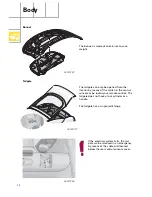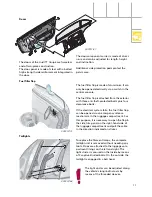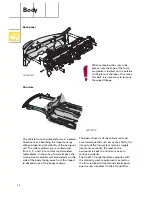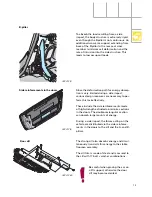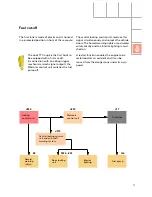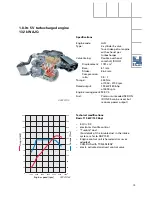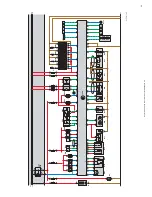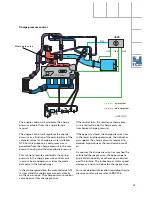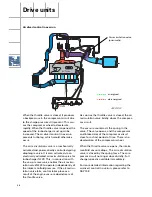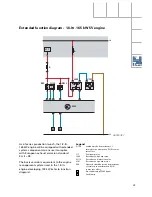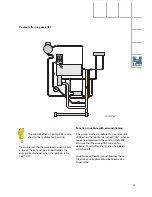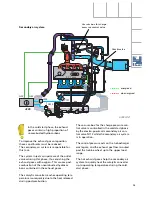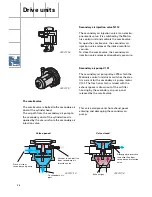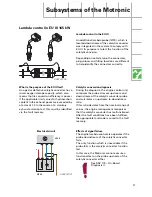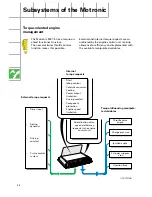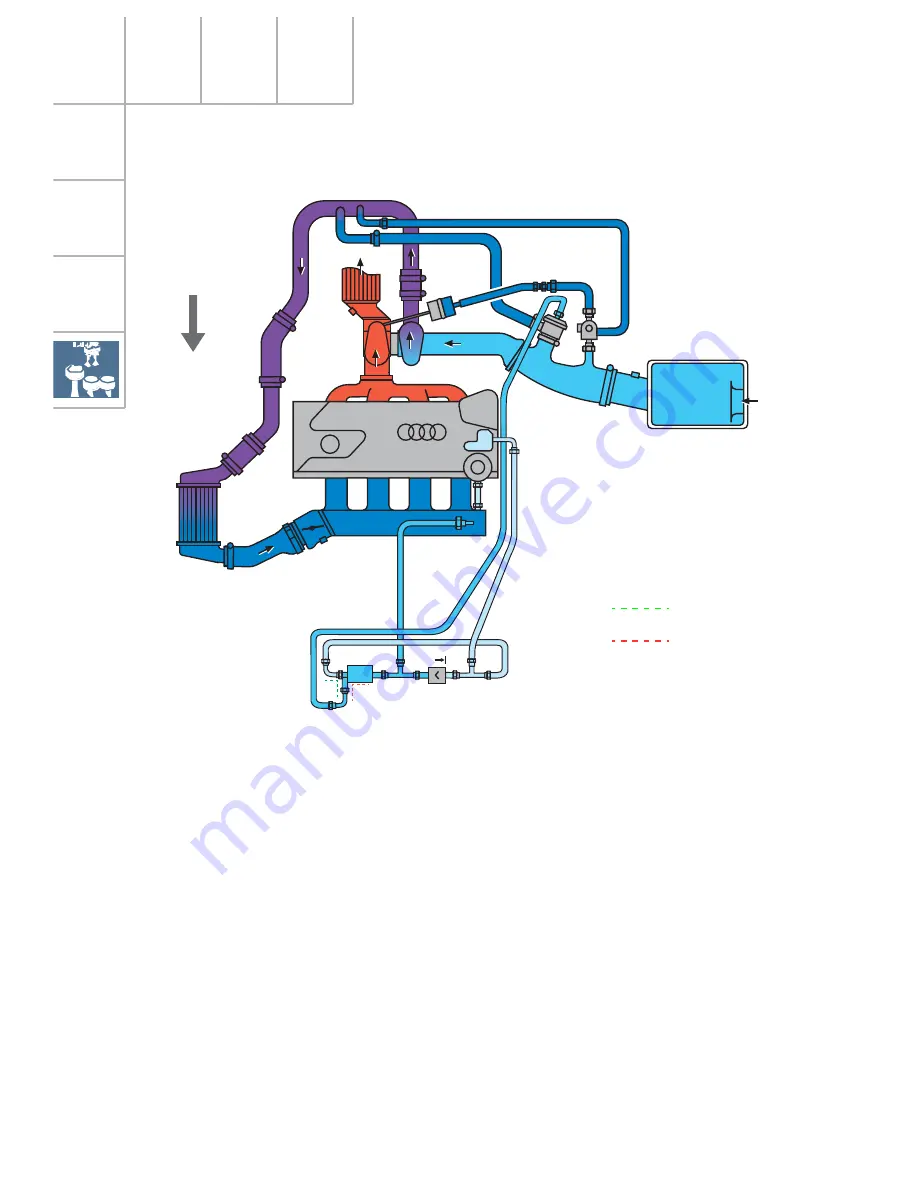
24
5V Turbo
N249
The turbocharging system comprises the follo-
wing components:
– Exhaust emission turbocharger
– Charge air cooler
– Charge pressure control
– Air divert control in overrun
The flow energy of the exhaust emissions is
transferred to the fresh air entering the exhaust
gas turbocharger. In the process, the air required
for combustion is compressed and the volume
of air entering the cylinders per working cycle is
thus increased.
The air temperature, increased by compression,
is again reduced in the charge air cooler. Since
the density of the cooled air is higher, the
amount of fuel-air mixture entering the engine is
greater, too.
The result is an increase in power output for the
same displacement and engine speed.
In the case of the 1.8-ltr. 5V turbocharged
engine, turbocharging is also used to provide
high torque from the bottom end to the top end
of the rev band.
Charge pressure increases in proportion to the
turbocharger speed. The charge pressure is
limited to prolong the life of the engine. The
charge pressure control performs this task.
The air divert control prevents the turbocharger
slowing down unnecessarily if the throttle valve
closes suddenly.
Charging
SSP207/20
Drive units
energised
de-energised
Direction of travel

